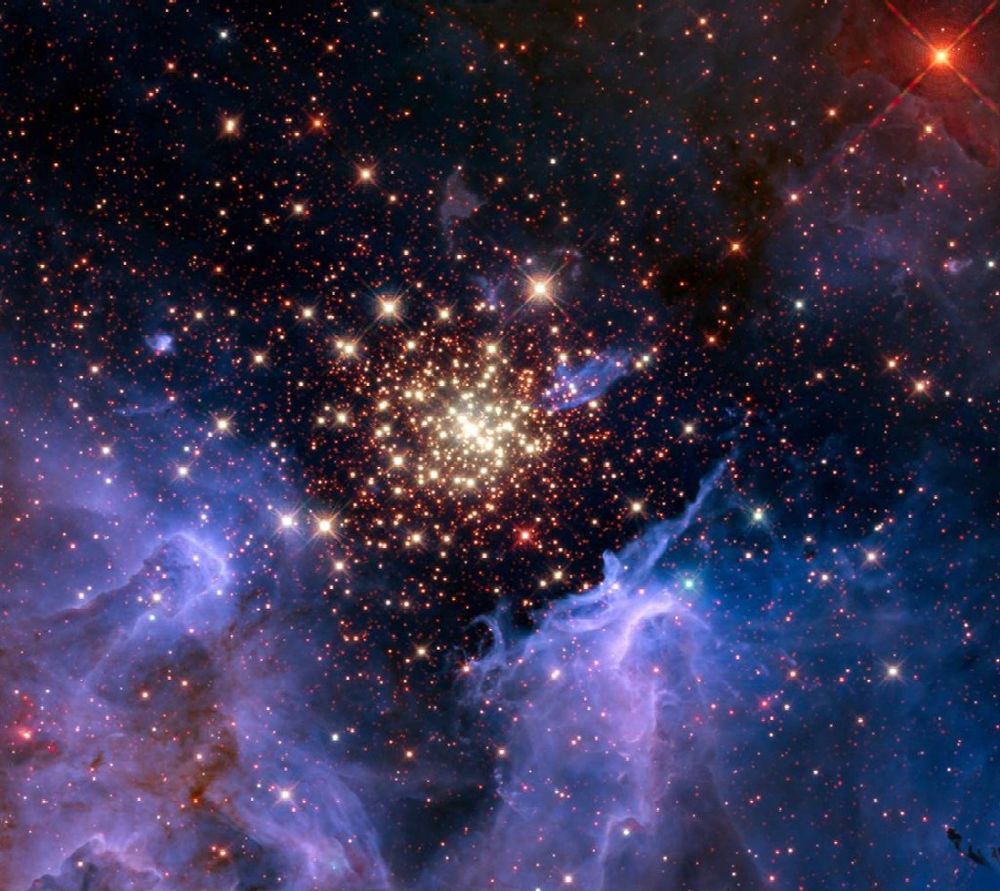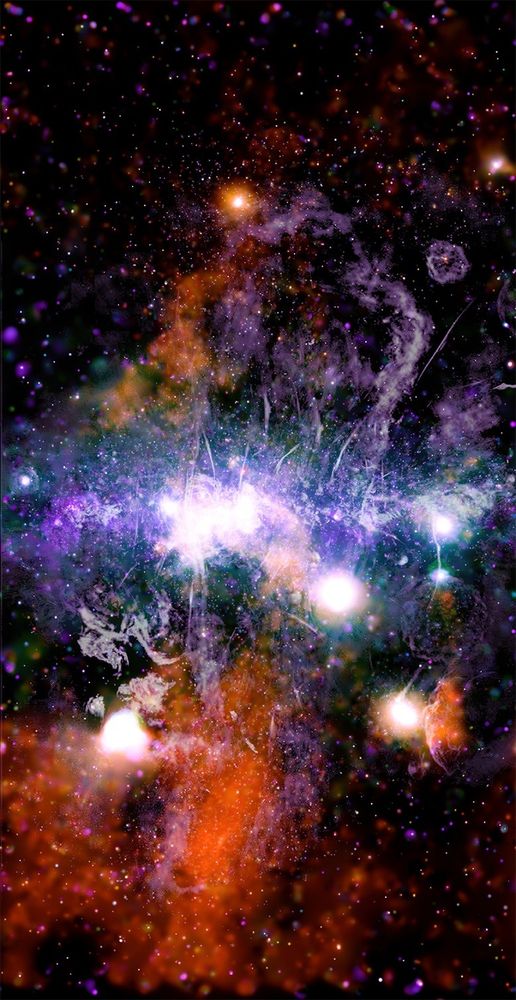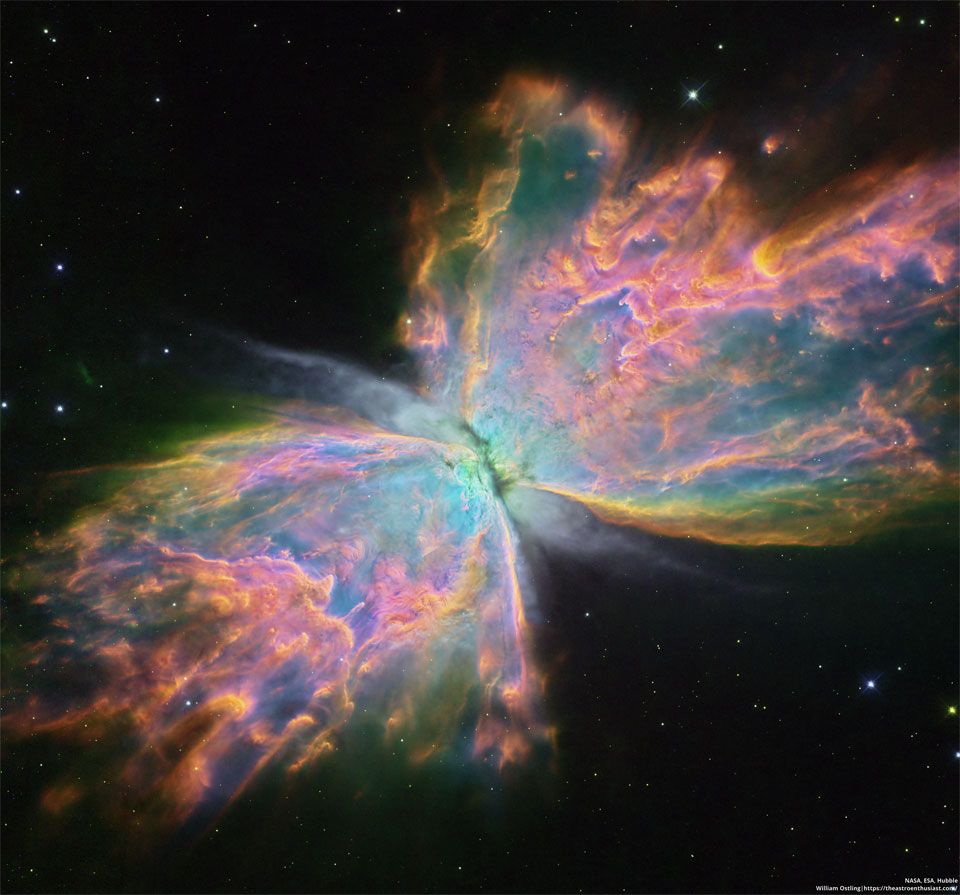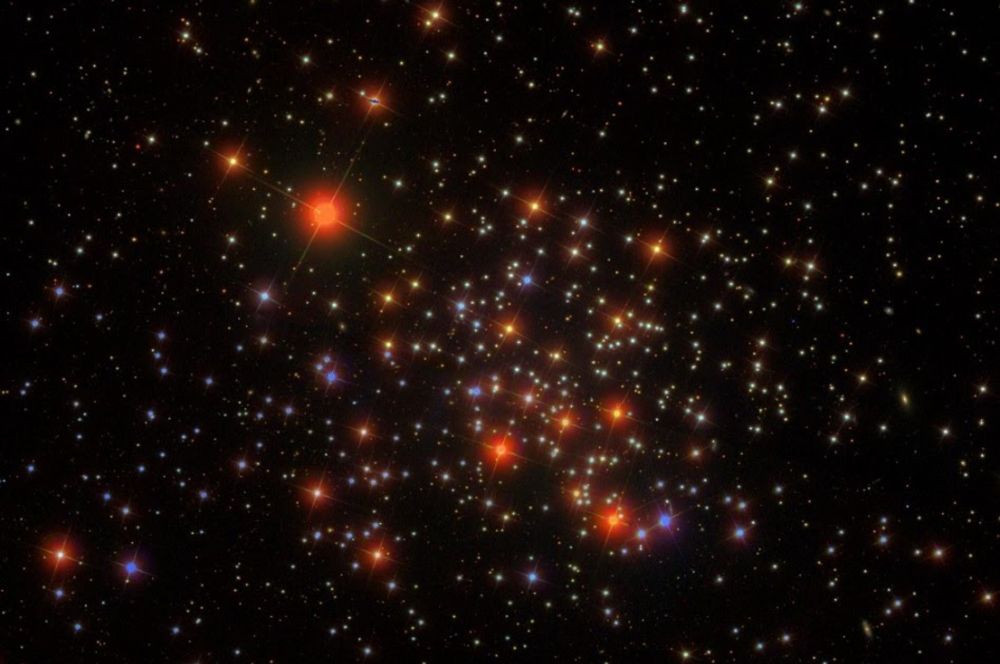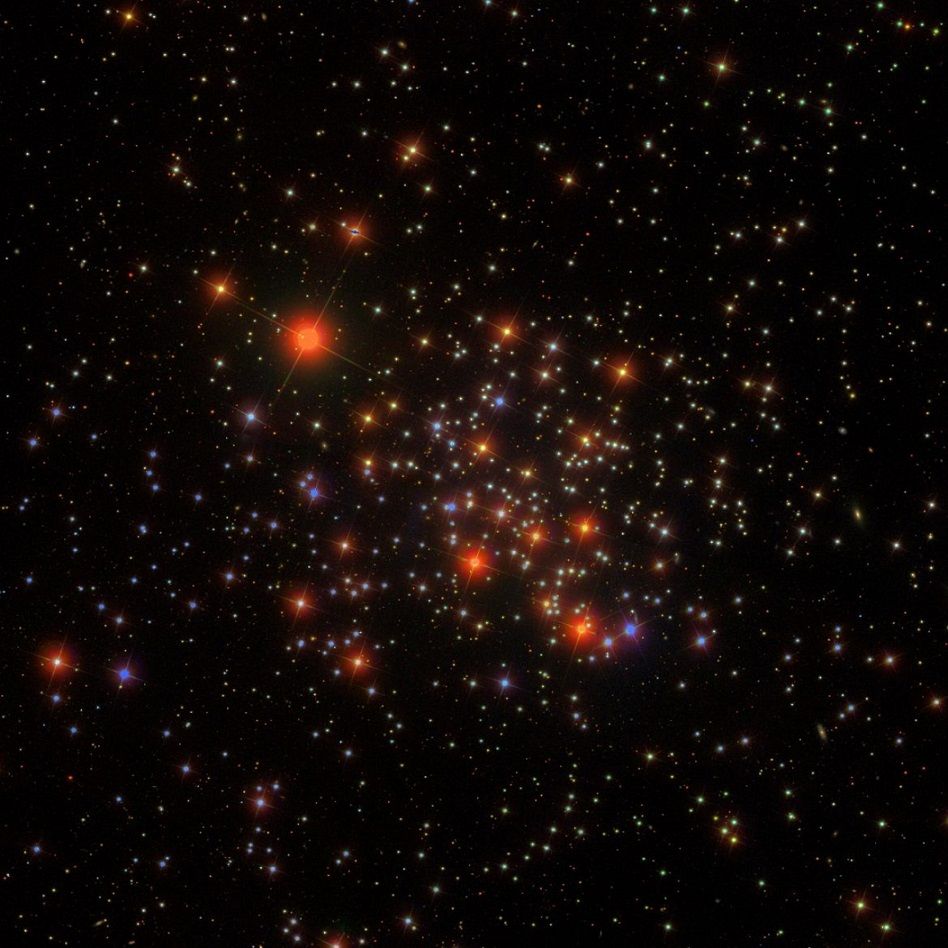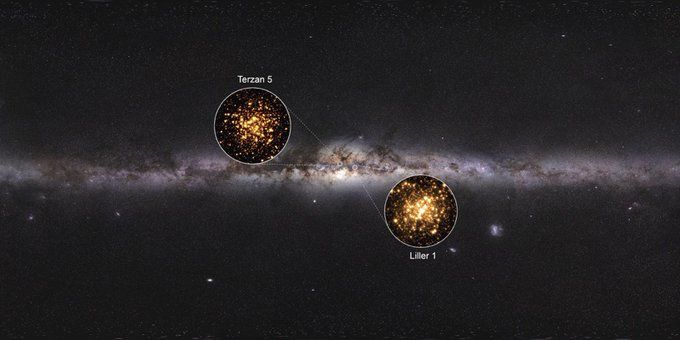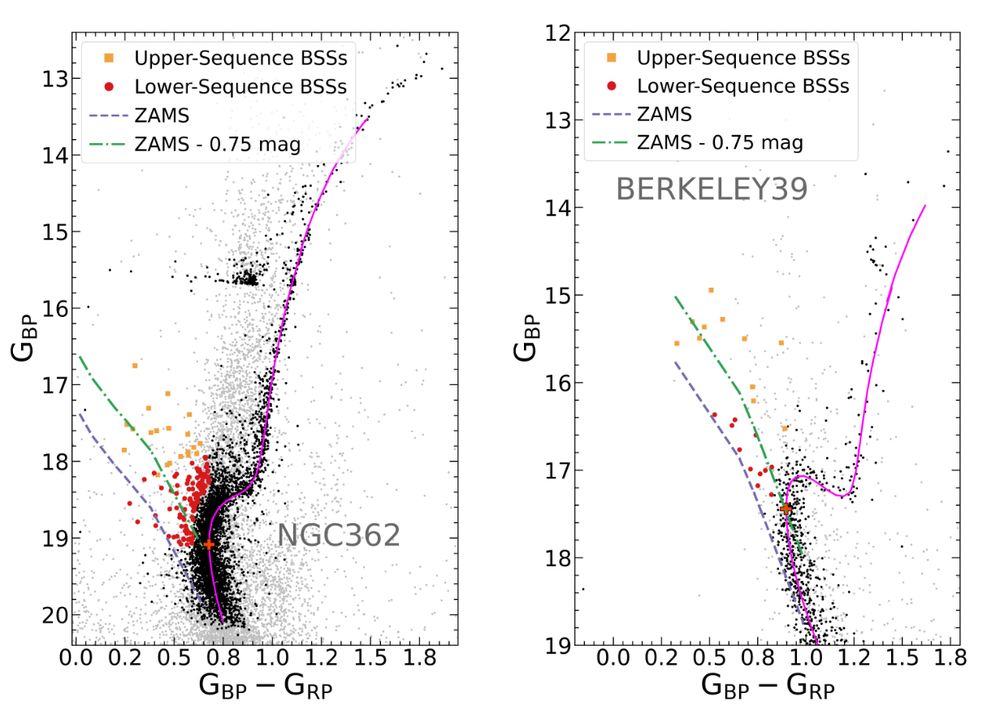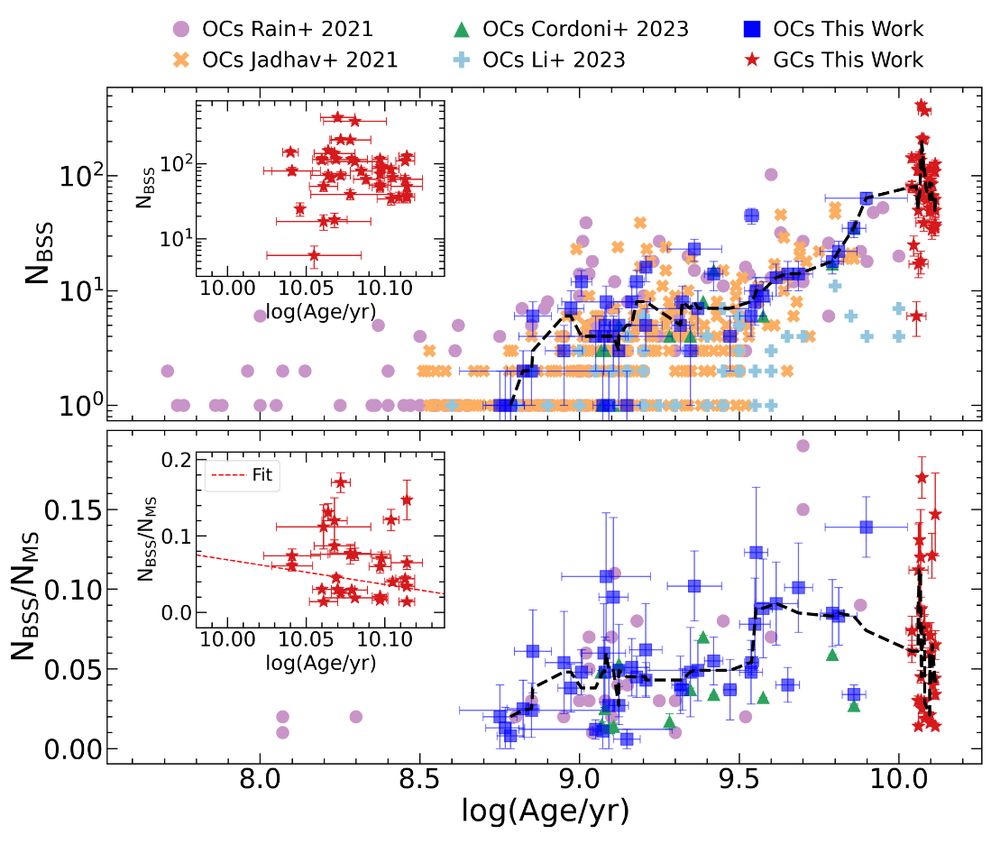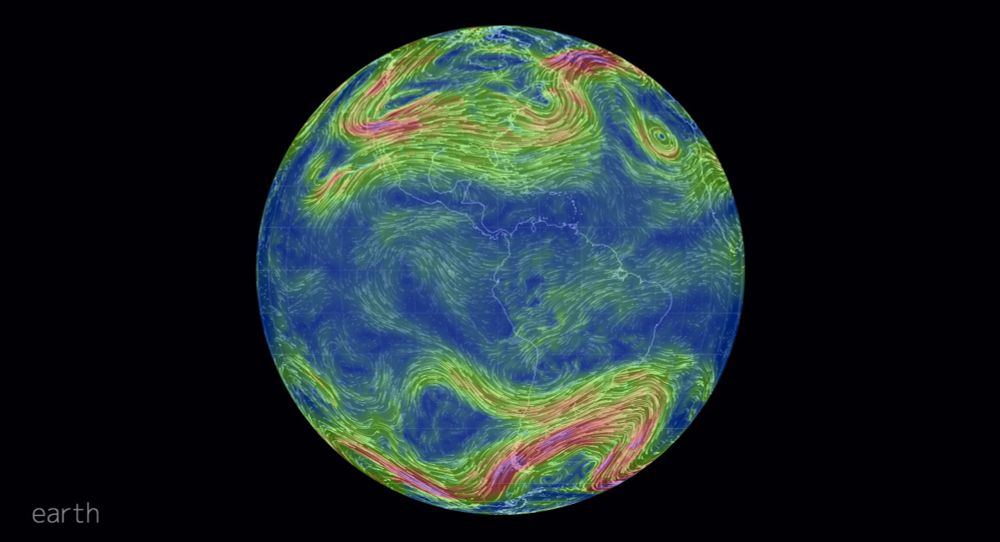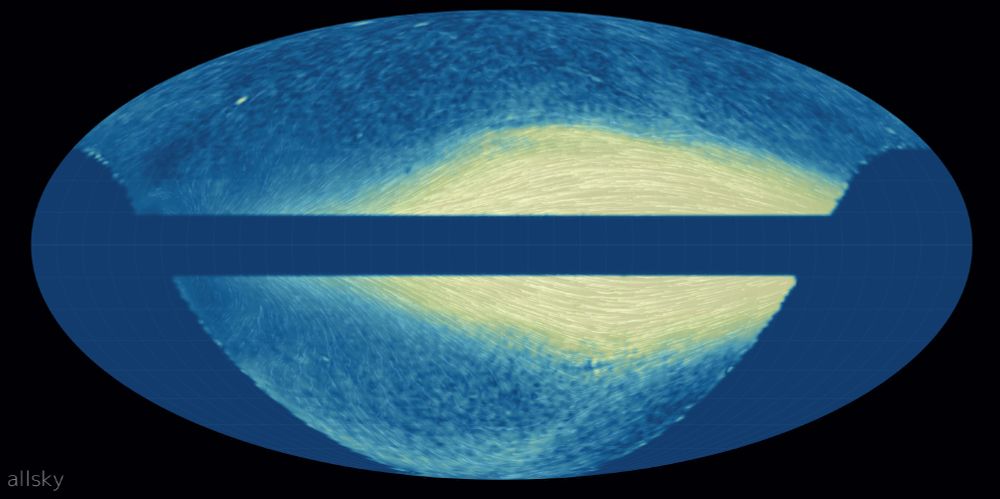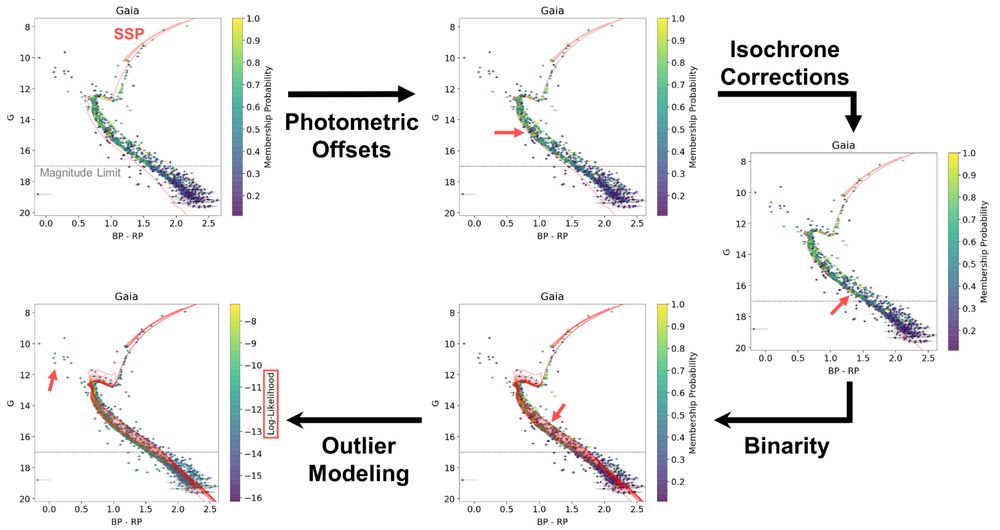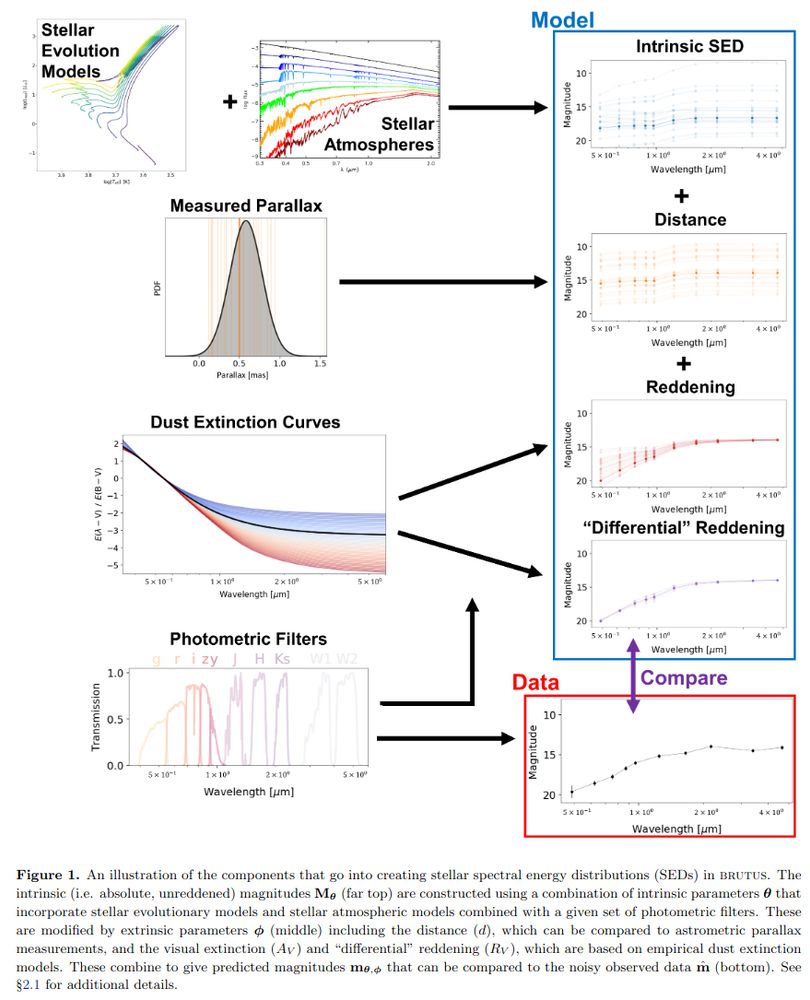Search
- You’re not the name they gave you. You’re not in the body—you’re projecting it. Your ISBE code isn’t a name. It’s a frequency. A ripple of intent through space. Closest Earth tongues can get? Al’Taresh. Va’Lari. Ka’tu-Mir. Not names—echoes. We're here to remind you. #ISBE #Galactic #Spiral
- 🧵 This fantastic composite image by Hubble shows NGC 3603, a vast star-forming nebula containing a huge star cluster, located some 20,000 ly away in the Carina–Sagittarius Arm of the Milky Way. Whole credits and image source at ➡️ science.nasa.gov/asset/hubble... 🔭 🧪 #galactic #stellarastro #HST
- 🧵 This panoramic image, combining X-rays from Chandra (orange, green, purple) & radio data (gray) from the MeerKAT telescope, provides an unprecedented view above and below the center of the Milky Way, revealing threads of superheated gas ➡️ chandra.si.edu/photo/2021/g... 🔭 🧪 #cosmology #galactic
- 🧵 NGC 6302, also known as the Butterfly Nebula, is a remarkable example of how stars, as they age, can take on some nice shapes sometimes resembling flowers or insects. ➡️ apod.nasa.gov/apod/ap22112... This #Hubble image has been processed to highlight incredible 🔭 🧪 #stellarastro #galactic
- 🧵 Here is Earth's rotation realized in an unusual way: using a camera scanning the landscape of Tivoli, Namibia, Bartosz Wojczyński focused on the sky. He created a timelapse spanning 24 h that has a focal point in the sky rather than on the ground. ➡️ apod.nasa.gov/apod/ap20070... 🔭 🧪 #galactic
- 2/2 This study, led by UNSW Sydney researchers, focuses on 27 stars with similar ages and compositions to our Sun, but in different evolutionary stages. Let's dig deeper... More at my post ➡️ www.tutto-scienze.org/2025/04/m67-... 🔭 🧪 #galactic #stellarastro #cosmology
- 1/2 A recent study explores how the acoustic vibrations of stars in the open cluster M67, located 2,700 ly from Earth in the Milky Way, can reveal crucial information about their internal structure and evolution. Image credit: Sloan Digital Sky Survey | CC BY 4.0 🔭 🧪 #galactic #stellarastro
- 3/ Terzan 5, a similar object, has been classified as a globular cluster for decades, but revealed as Liller 1 the presence of both very young and very old stellar populations. Article➡️ cosmic-lab.eu/Cosmic-Lab/L... Image Credit: F.R. Ferraro/C. Pallanca (UniBO) 🔭 🧪 #galactic #stellarastro
- Paper: #galactic #stellarastro
- Nice paper out today by Francisco Carrasco-Varela et al. looking at blue straggler stars in #galactic open and globular clusters! ☄️ #stellarastro These weird stars form in mergers, and in their comprehensive survey they find an increasing fraction with age and multiple 'bumps' over time.
- Ok, there is a SERIOUSLY cool online visualization that they made to go with the paper, which shows some very very pretty visualisations of the motion and parameters of our galaxy's stars #galactic #stellarastro
- Paper #3 of today for me is another by Josh Speagle et al., where they create a massive catalogue of 170 million stars (mostly in the halo/thick disk) that have accurate parameters derived with their BRUTUS code. #galactic #stellarastro arxiv.org/abs/2503.02200 Some very pretty figures!
- One thing that particularly caught my eye is that they also do empirical photometric corrections using open clusters. Stellar models are usually still a bit wrong, so this correction step is probably a big bonus for their accuracy #galactic #stellarastro paper: arxiv.org/abs/2503.02227
- Paper number 2 of the day is by Josh Speagle et al., and is a new (open source!) code for inferring stellar paramaters! #galactic #stellarastro Very excited to finally see this work get published - it is a monstrously well thought through statistical framework for calculating accurate parameters!
- Galactic @ Brooklyn Bowl, Brooklyn #galactic

